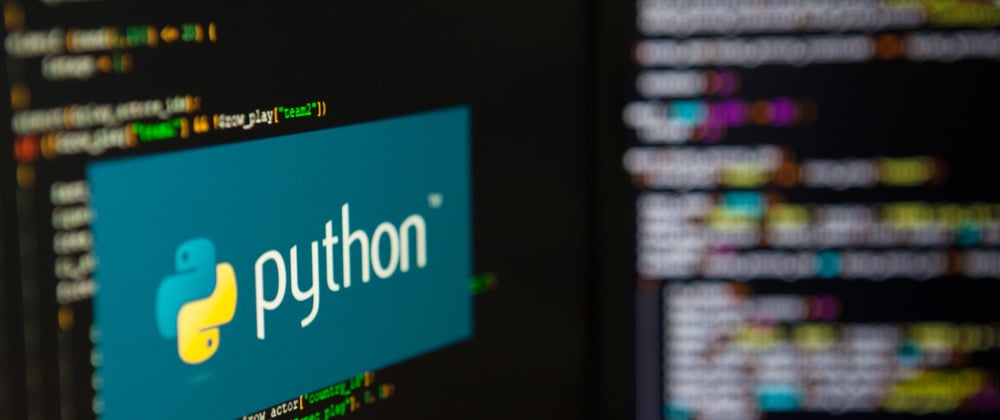Python sets methods
add()
- Adds an element to the set.
smileys = {"😀", "🙂", "😉", "🤩"}
smileys.add("😇")
# output
{'😉', '🙂', '😀', '🤩', '😇'}
clear()
- Removes all the elements from the set.
smileys = {"😀", "🙂", "😉", "🤩"}
smileys.clear()
# output
set()
copy()
- Returns a copy of the set.
smileys = {"😀", "🙂", "😉", "🤩"}
x = smileys.copy()
# output
{'😀', '😉', '🙂', '🤩'}
difference()
- Returns a set containing the difference between two or more sets.
smileys = {"😀", "🙂", "😉", "🤩"}
emojis = {"😀", "🙂", "😉", "😍", "🤩", "😇"}
x = emojis.difference(smileys)
# output
{'😍', '😇'}
difference_update()
- Removes the items in this set that are also included in another, specified set.
- The difference_update() method is different from the difference() method, because the difference() method returns a new set.
- without the unwanted items, and the difference_update() method removes the unwanted items from the original set.
emojis = {"😀", "🙂", "😉", "😍", "🤩", "😇"}
smileys = {"😀", "🙂", "🤩"}
emojis.difference_update(smileys)
# output
{'😉', '😇', '😍'}
discard()
- Remove the specified item.
smileys = {"😀", "🙂", "😉", "🤩"}
smileys.discard("😉")
# output
{'😀', '🙂', '🤩'}
intersection()
- Returns a set, that is the intersection of two or more sets.
smileys = {"😀", "🙂", "😉", "🤩"}
emojis = {"😉", "😍", "😇"}
x = smileys.intersection(emojis)
# output
{'😉'}
intersection_update()
- method removes the items that is not present in both sets (or in all sets if the comparison is done between more than two sets).
- The intersection_update() method is different from the intersection() method, because the intersection() method returns a new set.
- without the unwanted items, and the intersection_update() method removes the unwanted items from the original set.
smileys = {"😀", "🙂", "😉", "🤩", "😇"}
emojis = {"😉", "😍", "😇"}
smileys.difference_update(emojis)
# output
{'🤩', '🙂', '😀'}
isdisjoint()
- Returns whether two sets have a intersection or not
smileys = {"😀", "🙂", "😇"}
emojis = {"😉", "😍", "🤩"}
x = smileys.isdisjoint(emojis)
# output
True
issubset()
- method returns True if all items in the set exists in the specified set, otherwise it retuns False.
smileys = {"😀", "🙂", "😇"}
emojis = {"😉", "😍", "🤩"}
x = smileys.issubset(emojis)
# output
False
pop()
- Removes an element from the set.
- Note: Because the set() is unordered we cannot ensure what element will be removed.
smileys = {"😀", "🙂", "😉", "🤩", "😇"}
x = smileys.pop()
# output 1
🙂
# output 2
🤩
# output 3
😉
remove()
- Removes the specified element.
smileys = {"😀", "🙂", "😉", "🤩", "😇"}
smileys.remove("😉")
# output
{'😀', '🙂', '😇', '🤩'}
symmetric_difference()
- method returns a set that contains all items from both set, but not the items that are present in both sets. -Meaning: The returned set contains a mix of items that are not present in both sets.
smileys = {"😀", "🙂", "😉", "🤩", "😇"}
emojis = {"😉", "😍", "🤩"}
x = smileys.symmetric_difference(emojis)
# output
{'😇', '🙂', '😀', '😍'}
symmetric_difference_update()
- method updates the original set by removing items that are present in both sets, and inserting the other items.
smileys = {"😀", "🙂", "😉", "🤩", "😇"}
emojis = {"😉", "😍", "🤩", "😇"}
smileys.symmetric_difference_update(emojis)
# output
{'😍', '🙂', '😀'}
union()
- method returns a set that contains all items from the original set, and all items from the specified set(s).
- Note: It will remove the same element from the original set.
smileys = {"😀", "🙂", "😇", "😉"}
emojis = {"😉", "😍", "🤩", "😇"}
x = smileys.union(emojis)
# output
{'😇', '😉', '😀', '🙂', '😍', '🤩'}
update()
- method updates the current set, by adding items from another set (or any other iterable).
smileys = {"😀", "🙂"}
emojis = {"😉", "😍", "🤩", "😇"}
smileys.update(emojis)
# output
{'😍', '🙂', '🤩', '😇', '😉', '😀'}
All the best to you.







Latest comments (0)